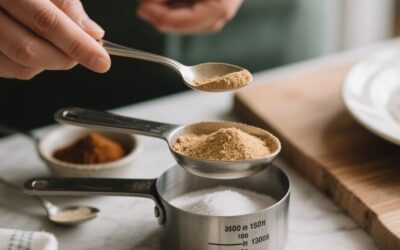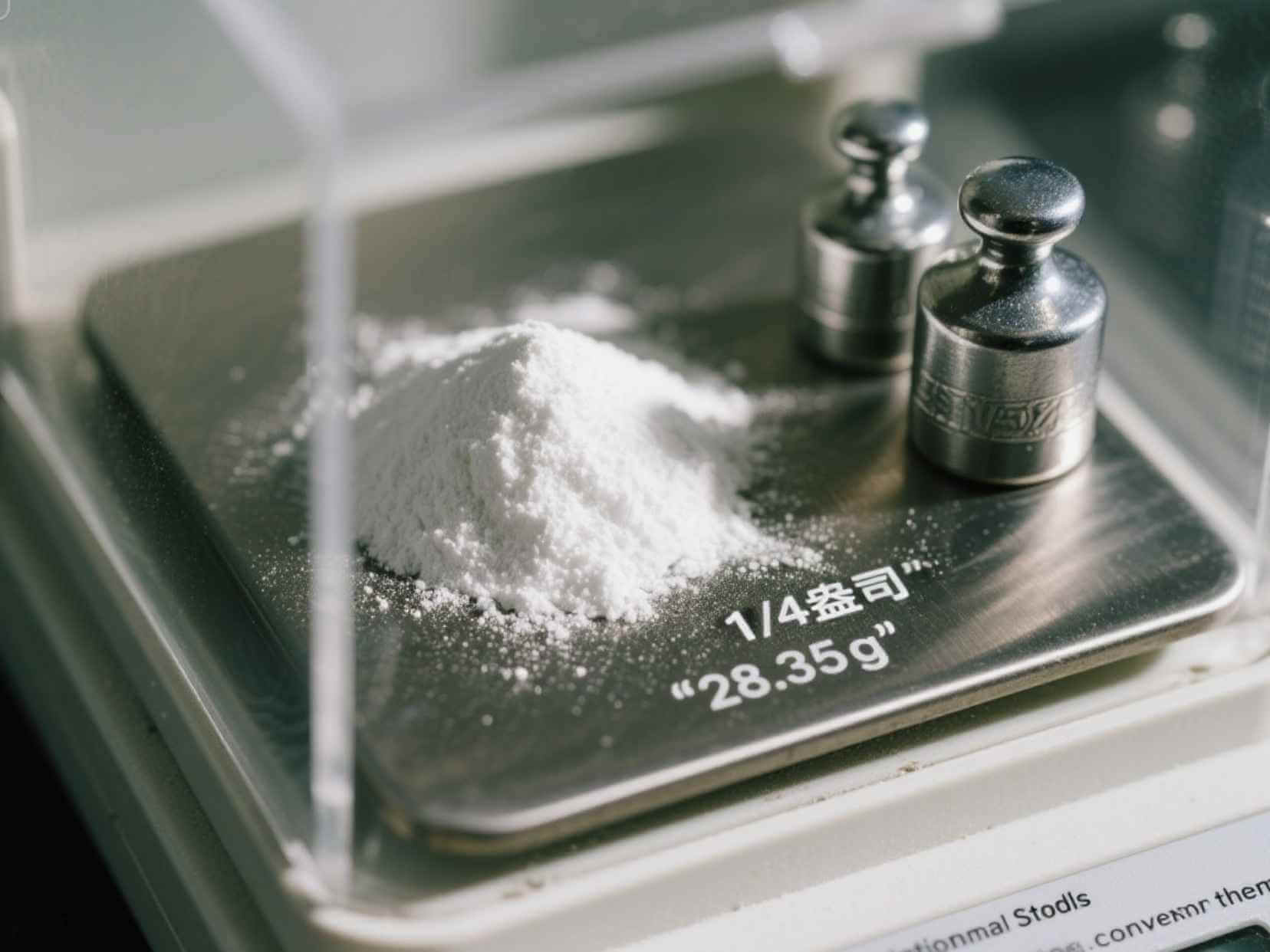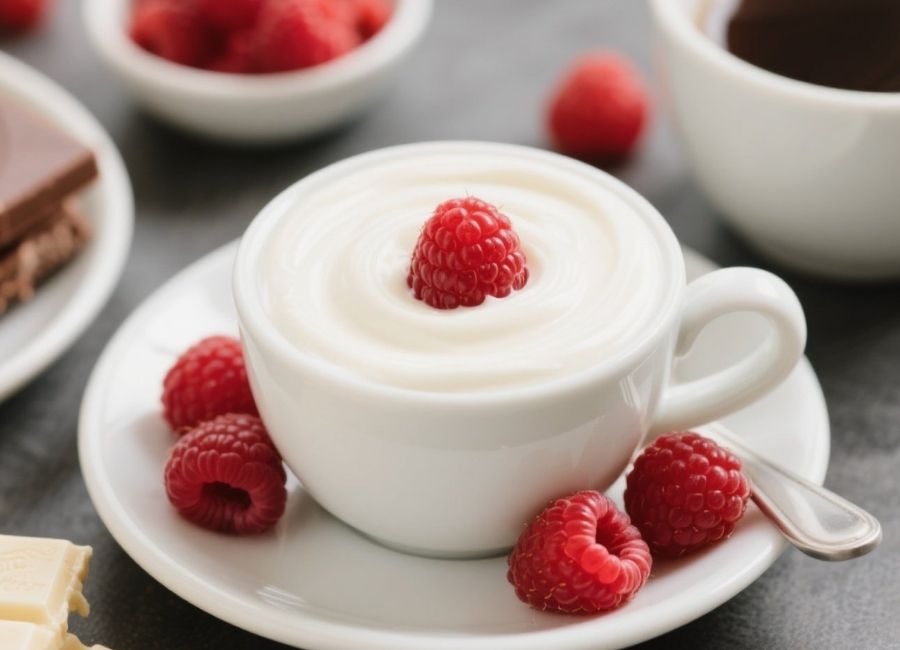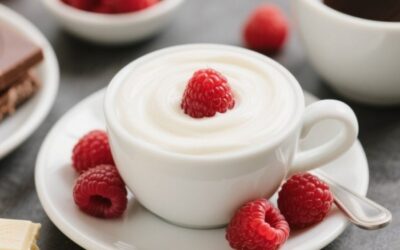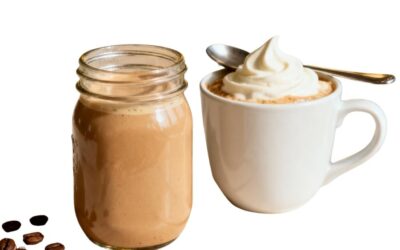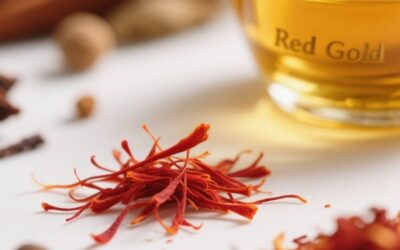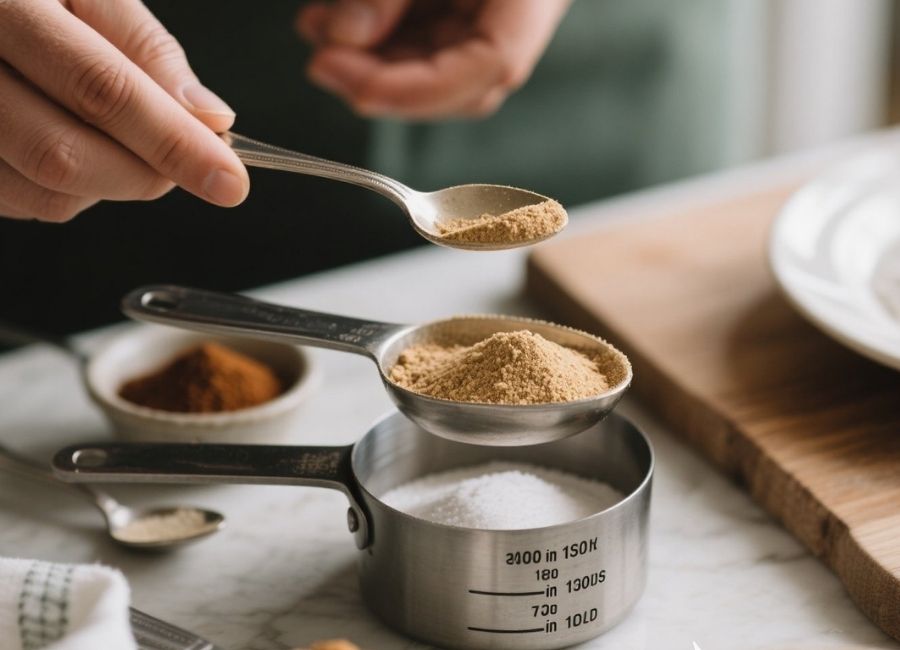If you’ve ever found yourself in the kitchen, mid-recipe, wondering how many teaspoons are in a pound, you’re not alone. Cooking and baking can be an art, and one of its challenges is deciphering measurements, especially when converting between units we don’t often encounter together. This post will break down the mystery of teaspoons in a pound, provide clear explanations, and offer tools and tips to make your cooking endeavors a breeze.
The Weight and Volume Conundrum
Before getting into specifics, it’s essential to understand the difference between weight and volume. A pound is a measurement of weight, while a teaspoon measures volume. The conversion between the two isn’t straightforward because it depends on the density of the ingredient you’re measuring. A pound of sugar, for instance, will not have the same number of teaspoons as a pound of flour.
For simplicity, we’ll provide conversions using some commonly measured kitchen ingredients.
How Many Teaspoons in a Pound of a Common Ingredient
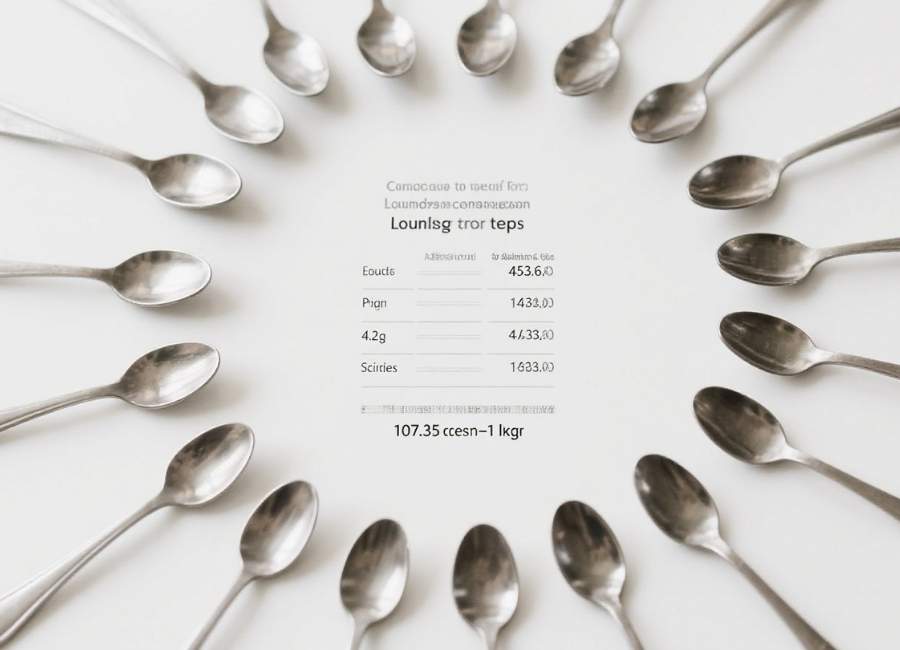
Sugar (Granulated)
Granulated sugar is one of the easiest ingredients to convert because its density is well-documented. A pound of granulated sugar weighs approximately 453.6 grams. Since one teaspoon of sugar is roughly equivalent to 4.2 grams, you can calculate the number of teaspoons in a pound of sugar:
453.6 grams ÷ 4.2 grams/teaspoon = About 108 teaspoons
Salt (Table Salt)
Salt is denser than sugar, so it takes fewer teaspoons to reach a pound. With one teaspoon of salt weighing about 6 grams:
453.6 grams ÷ 6 grams/teaspoon = About 76 teaspoons
Flour (All-Purpose)
Flour is less dense than both sugar and salt, meaning there are more teaspoons in a pound of flour. One teaspoon of flour weighs approximately 2.6 grams:
453.6 grams ÷ 2.6 grams/teaspoon = About 174 teaspoons
Butter
Butter conversions are slightly different, as butter is typically sold by weight in solid blocks. However, for the curious minds, 1 teaspoon of butter weighs about 4.7 grams:
453.6 grams ÷ 4.7 grams/teaspoon = About 96 teaspoons
Why Precision Matters
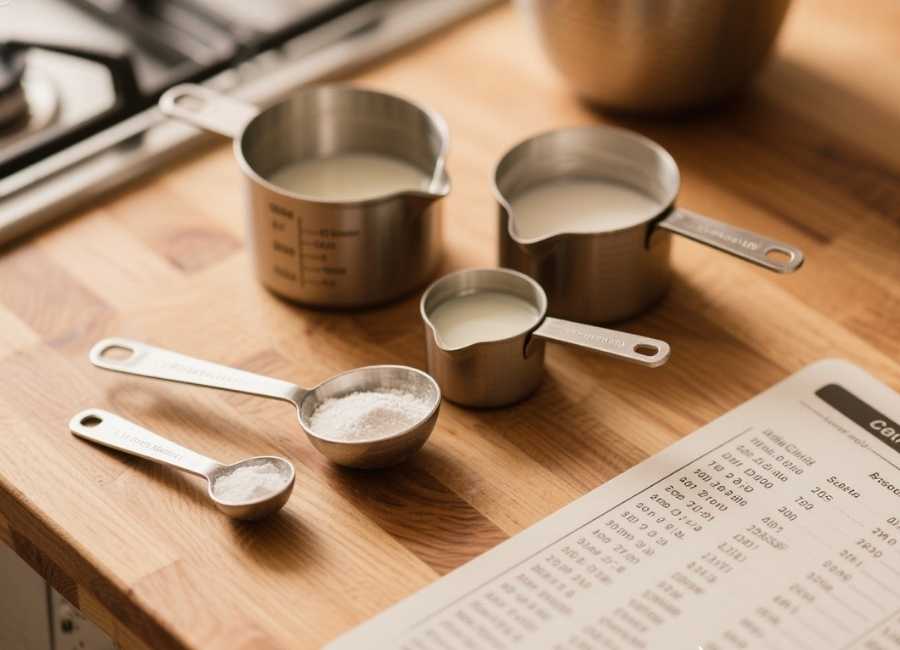
Accurate measurements are critical, particularly in baking where precision often determines success or failure. Understanding these conversions can prevent measurement errors that might affect your recipe’s outcome. For example:
- Using 108 teaspoons of salt instead of 76 in a recipe could lead to a dish that’s overwhelmingly salty.
- Substituting flour volume for sugar volume without considering their densities might ruin the texture of your baked goods.
Tips for Easy Kitchen Conversions
Use a Kitchen Scale
A kitchen scale is the most accurate way to measure ingredients, especially when converting between weight and volume. For recipes calling for pounds, scales can save you from doing manual calculations.
Refer to Conversion Charts
Keep a conversion chart handy. Many cookbooks and websites have detailed charts listing the weight-to-volume ratios of common ingredients.
Try Digital Tools
There are many websites and apps available that convert measurements for you. Tools like a recipe calculator or measurement converter can save time and reduce errors.
When in Doubt, Measure Twice
If you’re uncertain, double-check your calculations or consult a reliable source before proceeding. Preventing mistakes upfront will save you trouble later.
Beyond the Kitchen

The question of how many teaspoons are in a pound isn’t just limited to cooking. Professionals such as pharmacists and chemists also need to convert between weight and volume frequently. However, the stakes are higher in those fields, making precision and accurate tools essential.
Wrapping it Up
While there’s no universal answer to “how many teaspoons are in a pound” due to varying ingredient densities, knowing how to calculate it can make life much easier. This knowledge helps ensure that your culinary creations turn out just as intended.
Whether you’re baking bread, experimenting with new recipes, or simply curious, understanding conversions empowers you to approach your next recipe with confidence. And remember, investing in a good kitchen scale or referring to trusted resources can go a long way in improving your cooking experiences.
Happy cooking!










